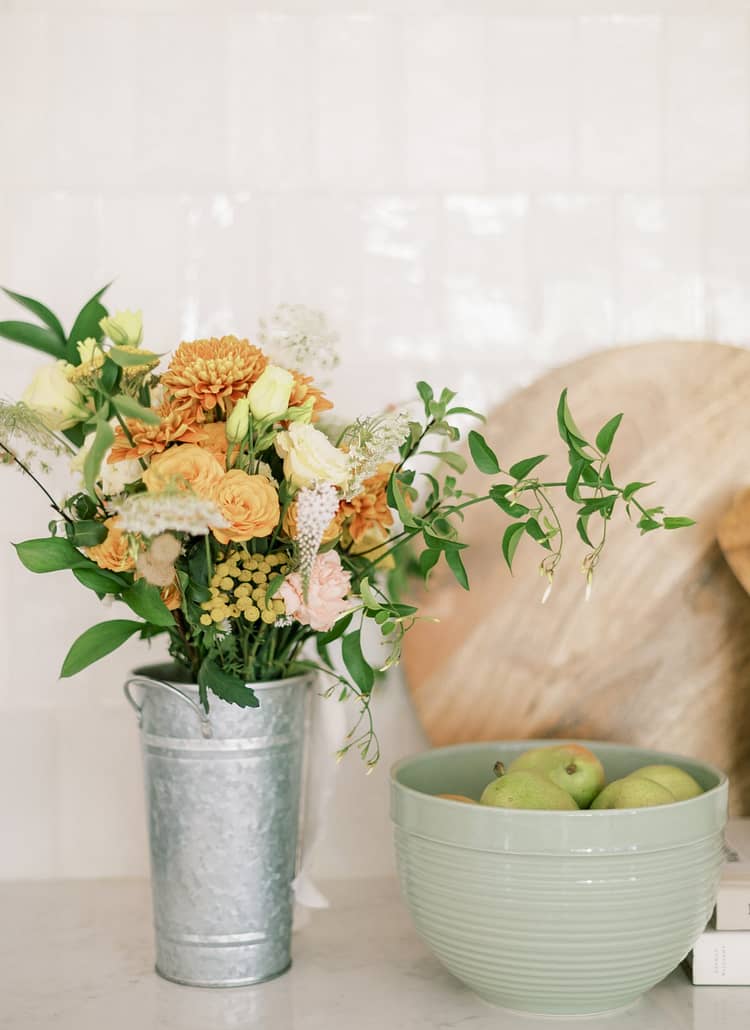
What if we, by experiencing flow state, could recognize a calm, but active state and apply it to areas of our lives where we feel anxious? The research is limited, but it seems possible that it can be turned on during tasks where we’re confident in our skills.
Today I picked up the paint brush again. I used to paint a lot, professionally, and I stopped pretty abruptly. It became lonely, working by myself most of the day, and I needed a change and needed to be around more people. Fast forward to today where I work by myself most days and really like it. We go through seasons in life.
Why am I telling you this? Well, when was the last time you did something where you got in the zone? Often called “flow state”, it is defined by Psych Central as follows: “When your skills seamlessly align with the task at hand, time, worry, ego, and self-doubt drop away. You’ve achieved flow.” When was the last time you lost track of time because you were just enjoying the thing you were doing? What was it? Drawing? Dancing in your living room? Cooking a slow meal?
Flow state, also known as being “in the zone,” can have a positive impact on anxiety. Here are some ways that flow state can help anxiety:
- Distraction: When in a state of flow, the brain is focused on the task at hand, which can help distract from anxious thoughts and reduce feelings of worry and stress.
- Sense of accomplishment: Achieving a flow state can provide a sense of accomplishment and satisfaction, which can boost self-esteem and confidence and help individuals feel better equipped to manage their anxiety.
- Relaxation: Engaging in activities that facilitate flow state, such as creative pursuits, sports, or other hobbies, can also promote a sense of relaxation and reduce physical tension, which can further aid in anxiety management.
Interesting research says we may be able to turn on our relaxation center, or parasympathetic nervous system, during activities where we experience flow. This is what we are looking for when we’re anxious. The research is limited, but in one example, a pianist in flow was observed to have just the right balance of parasympathetic and sympathetic nervous system turned on for optimal performance.
However, it is important to note that flow state should not be relied on as the sole method of anxiety management, and that seeking professional treatment may be necessary for individuals experiencing severe anxiety.
To bring it all back to where we started, today I made a painting of my sleeping cat (below) while my daughter watched old Disney movies. I planned space for the big old drafting table a friend gifted me. I lost myself in the activities and made something I really enjoyed. I hope you carve out time soon to practice or work on that thing you love and enjoy a little flow state!

Disclaimer: The information provided here is for entertainment purposes only and is not intended to be a substitute for professional medical advice, diagnosis, or treatment. Always seek the advice of your physician or other qualified healthcare provider with any questions you may have regarding a medical condition. The author and publisher of this blog post are not responsible for any errors or omissions or for the results obtained from the use of this information. The use of any information provided in this blog post is solely at your own risk.




[…] This week I lost myself painting and playing piano. It got me thinking and researching about Flow State and how it could relate to anxiety. Can you remember the last time you did something you loved where you lost track of time? Read more here. […]